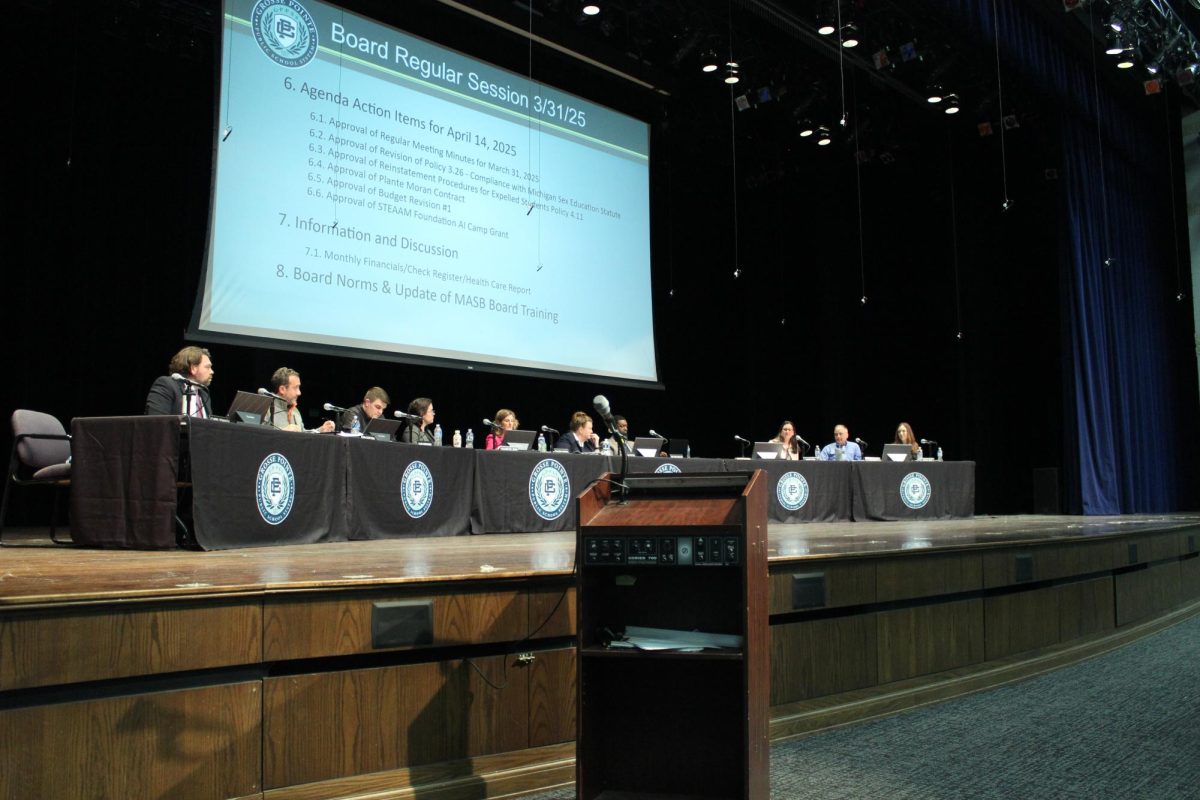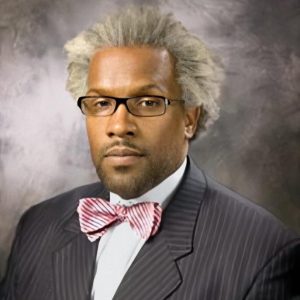What’s at stake at Great Lakes’ state
Michigans History of pollution, local and state governments plan to resolve it, student environmental activism, six ways to help around home and, in the community
April 27, 2020
In 2017, World Atlas calculated that Michigan was the 12th state with the most industrial air pollution, and the Detroit-Warren-Ann Arbor area is currently the 12th worst area in the country in year-round particle pollution, according to the American Lung Association. While the 2018 Annual Air Quality Report from the Michigan Department of Environment, Great Lakes and Energy (EGLE) showed continuously decreasing levels of criteria pollutants, such as carbon monoxide and lead, areas such as Detroit continue to, according to Nicole Vargas, policy analyst for Raquel Castañeda-López, councilwoman for the District Six on the Detroit City Council.
“We can see tons of asthma in our district,” Vargas said. “We’ve also seen things like cardiovascular disease that are linked to pollution.”
According to Vargas, District Six is one of the most polluted areas in the city, and this is not surprising considering Detroit’s unique history. She said the Motor City, particularly District Six, has, historically, been a hot spot for transportation corporations and scrap yards. Many of these businesses are located by water sources as well, she said, including Rouge River Area and Duck Island.
“As things developed over the years, it happens that these industries and these facilities that emit a lot of pollution are built up right next to housing and residential areas,” Vargas said. “People who live there are just constantly breathing in all of that pollution.”
According to the Climate Accountability Institute, 20 fossil fuel corporations are responsible for emitting one-third of the world’s greenhouse gases– specifically carbon dioxide– since 1965. In addition to asthma and cardiovascular disease, according to the Annual Air Quality Report, air pollution also causes irritation to the eyes, nose, birth defects and other effects on the nervous system and internal organs.
“(Pollution) is more concentrated in Detroit,” Vargas said. “I think you can find areas in Michigan that are more rural that really don’t have these same concerns. We have higher levels of things like sulfur dioxide and particulate matter pollution in our district.”
In addition to Detroit’s problems with air pollution, water pollution has been a recent struggle as well. Castañeda-López introduced the Detroit River Protection Ordinance in February of this year after a dock collapse in November 2019 resulted in potentially-dangerous chemicals being exposed to the water, according to the Detroit News.
Vargas said she works on many environmental ordinances to help alleviate Detroit’s pollution. Before the Detroit River Protection Ordinance, Castañeda-López’s team created the Solid Materials Ordinance in 2017, which aimed to have large businesses moving bulk materials to cover them and reduce the amount of chemicals people could breathe in.
“This year, hopefully, we’ll have a whole package of ordinances that we will put before Council for a vote,” Vargas said.
According to Vargas, most regulations passed by the council are focused on industries over individual activity.
“Industries have the ability to reduce pollution so much more than individuals,” Vargas said. “Individuals working collectively can make a difference by recycling and doing different measures. However, there’s more mitigation that can happen by reducing pollution from industries.”
According to EGLE legislative liaison Sarah Howes, by nature, areas with more industry are more regulated compared to other areas of the state.
“A lot of what we regulate is industry,” Howes said. “Some may need an air quality permit for emitting fuels or other potential sources of contamination into the environment. Anytime there’s an industry or a company charging water, they’ll need a water discharge permit. Some companies may not get anything from us while other companies may (get) four or five permits.”
Both Howes and Vargas said their departments work to maintain good relationships with big companies, as they’re the ones ultimately adapting the regulations.
“Companies are worried that it’s going to be costly and that they’re going to have to lay off workers, which is going to cause a loss of jobs,” Vargas said. “That’s something that we don’t want to have happen. We don’t want a negative impact from our ordinances.”
According to Howes, input from corporations depends on the legislator and the industry itself.
“Some legislators are more willing to work with industries while for others; that isn’t their priority, but it’s solely based on their discretion,” Howes said. “All of the bills go through the committee hearing process, so an industry or stakeholder could engage during the committee process on a bill, even if they weren’t directly asked by the legislature to do so.”
EGLE also receives input through the Environmental Rules Review Committee, which was created to oversee all rulemaking within the department, according to board member Dan Frakes, who represents a statewide manufacturing company.
“Having cross-functional membership is key to provide input and guidance to EGLE during the rulemaking process,” Frakes said. “This committee is new for Michigan, but has proven valuable in other states that have adopted similar oversight committees.”
In addition to communicating with companies, legislators receive input from local governments and their constituents on environmental policies.
“We work really closely with the Michigan Association of Counties, the Michigan Townships Association and the Michigan Municipal League,” Howes said. “Then, we coordinate directly with their representatives in Lansing.”
Like the city of Detroit, according to Howes, the state government is also working on legislation– the department is preparing a revamp of Part 115 of the Natural Resources and Environmental Protection Act, the process which began under Governor Synder’s administration.
“Back when it was written, it was to ensure that Michigan had adequate landfill capability for the disposal of household waste,” Howes said. “What happened over the years is we’ve gone more towards a waste utilization approach, recognizing that some of the recyclable materials are actually a commodity and can be used again, rather than just thrown in a landfill.”
According to Howes, this update will apply holistically to everyone in the state, while other regulations can vary from applying to just one company to 200.
“Our goal, through any legislation that we’ve run, is to ensure that we’re protecting public health and the environment,” Howes said.
As they continue working, Vargas said she hopes to see further improvement and legislation in Detroit.
“There’s just not enough regulation on a lot of these industries,” Vargas said. “To some degree, they already do have measures in place. We’re just finding that it’s not enough and is certainly not explicit enough, which is why the city could play a part of their role and really develop its own oversight.”
While the local and state governments continue to work with industries to reduce pollution, citizens have also found ways to help the state, such as Julia Hudson ’20, president of Save The Lake Club.
Since its formation, the club has hosted several events, including beach clean-ups and a campus clean-up of South as well. While hindered by the COVID-19 shutdown, the club plans to establish fishing line receptacles by the lake.
“A big cause of water pollution is fishermen leave fishing line in the water,” Hudson said. “So, (the fishing line receptacle) would be a beta receptacle for them to put (their lines) in so it can get recycled.”
Other common examples of individual-caused pollution include microplastics along the beach, such as plastic bags, wrappers and even children’s toys. While governments’ tackle corporate pollution, Hudson said she believes citizens can still help the cause.
“One thing that we really want to see more of is recycling things– for people to be more aware of single-use plastics and to use their own reusable grocery bags,” Hudson said. “Not everyone’s going to turn their lifestyle upside down. However, there’s little steps that we have to take, one by one, to try to make a difference.”













































































